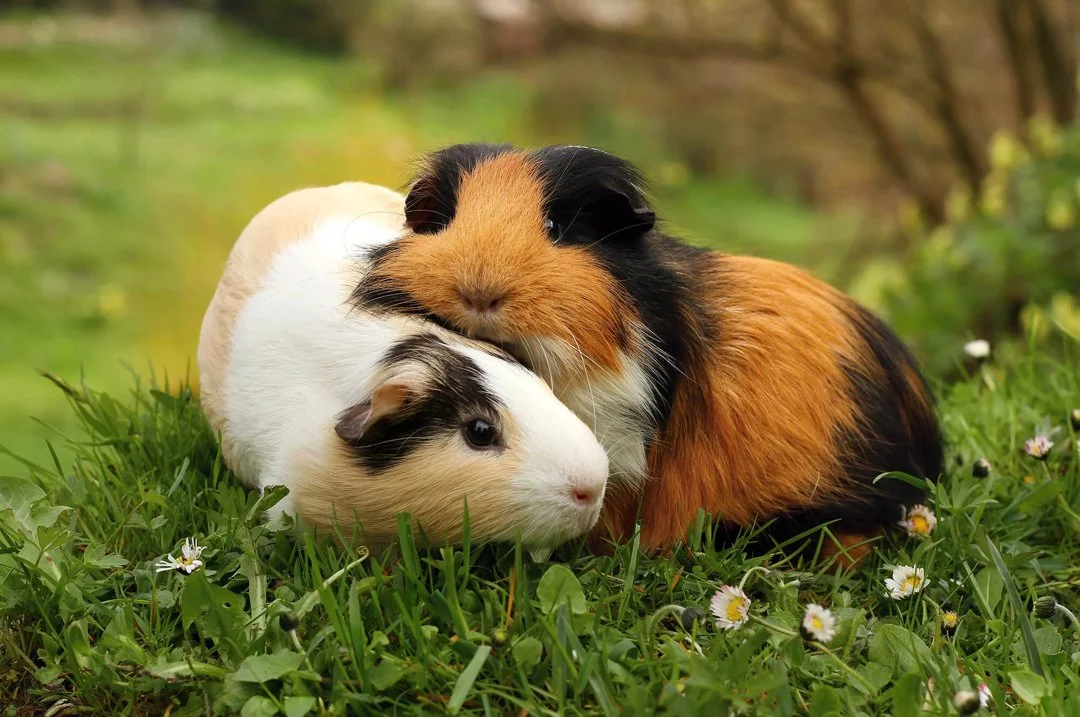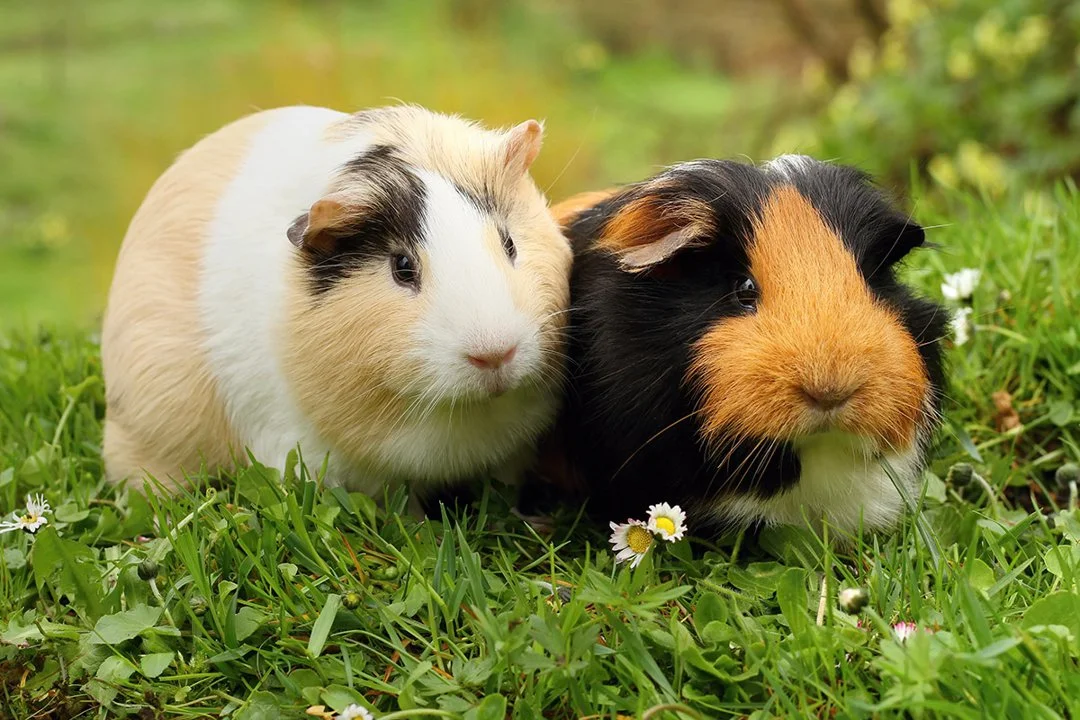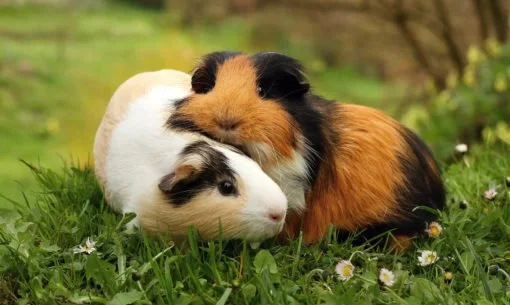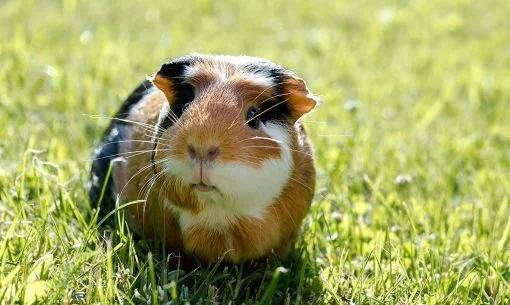Male and female guinea pigs – all you need to know
Can male and female guinea pigs be kept together? Is it better to own a male guinea pig or a female guinea pig? How easy is it to tell the difference between guinea pig genders? How many guinea pigs can live together?
Guinea pigs are herd animals, making it unnatural for them to live alone, however grouping guinea pigs should be done with care and consideration.
What makes the best pet – male or female guinea pigs?

Male guinea pigs (boars) have a tendency to live a little longer than females (sows), especially if the females are having young. Both have similar temperaments although males often have a bolder personality, making them easier to handle. It can often be easier to find a suitable companion for a female guinea pig though as they tend to be more amenable with their guinea pig friends.
Male or female guinea pigs?
It is easier to tell if a guinea pig is male or female when they are a little older – as the males have swellings to indicate the presence of their testicles. In very young guinea pigs the difference is not always obvious so it is often worth checking with your vet. In the female, the genital opening is Y-shaped and in males more like an ‘i’. In reality, it’s not always that obvious, especially if you don’t have a male and female guinea pig to compare.
A female guinea pig can become pregnant very quickly from about three to four weeks of age so they should be kept separate from males (unless they are neutered). They should not be bred from after 8 months of age if they haven’t previously had young as this can result in severe difficulties with birth. If you have bought a pair of guinea pigs, it’s always worth making sure you have the right combination (two females, two males or a female with a neutered male).

Best guinea pig combination
It’s not uncommon to have two or three boars (males) in the same hutch and for them to get along as long as there is lots of space and there are no females in close vicinity. It’s recommended to have a hutch of at least 7.5 square feet for a single guinea pig, increasing to 10.5 square feet for two guinea pigs and 13 square feet for three guinea pigs. It’s easier to house guinea pigs that have grown up together. Inexperienced pet owners may find it difficult to introduce an adult boar to two bonded boars, or even a single boar and it’s not generally recommended, although many breeders and rehoming centres do this successfully.
When introducing guinea pigs, it is recommended to clean and rearrange the hutch completely to avoid the original guinea pig becoming territorial over the space, take a look at our hutch cleaning and bedding products to help with this part of the introduction process.
Any more than two or three boars to a hutch can also result in the guinea pigs fighting. An adult boar that’s been left alone – perhaps because his bonded brother has died – often accepts a baby boar more readily as a companion although the introduction needs to be done carefully. Baby guinea pigs will start to eat solid food from only a few days old and as soon as they are weaned they can eat the same foods as adult guinea pigs so you will not need to provide separate food when pairing a young and adult guinea pig. Take a look at our veterinary recommended guinea pig food here.
Personality plays a big part in how boars (and sows) get along with each other and sometimes it’s about matching compatible pigs. Another option is to house pigs in sight of each other but with limited physical contact.
Females often tolerate living in larger groups but a group of two or three may be more harmonious and sometimes there can be personality clashes. Male guinea pigs can be neutered and they can then be housed with females. Some females are more compatible with a neutered male than other females and the presence of a neutered male can make a group of females friendlier towards each other.
Whatever combination you use, remember that guinea pigs are herd animals and really do need some interaction with other guinea pigs, even if it’s ensuring they are in sniffing and hearing distance.
Top Tips for Introducing Guinea Pigs
- Give the new Guinea Pigs space and time to adjust to their new surroundings
- Quarantine the new Guinea Pig or get a vet to complete a full health check to check for pregnancy or illness
- Take into consideration age, gender, size and temperament when grouping Guinea Pigs
- Guinea Pigs are territorial so introduce them in a neutral location and make sure there is enough space
- Make the neutral location a place where the Guinea Pigs will feel safe and secure
- Add yummy food to the introductory space to associate rewards with the new Guinea Pig
- Clean the hutch and rearrange the layout.
- Remember Guinea Pigs breed quickly so it’s essential to group same sex or neutered pigs only.
Take a look at our Guinea Pig products here.



